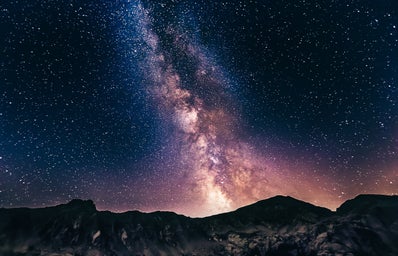With approximately 100 billion planets in the Milky Way galaxy alone, it’s assumed that there are billions and billions more out there in the vastness of the observable universe. Planets are unique in their formation and structure, as is evident by the planets within our very own solar system. While we are very familiar with the planets around us, there are many out there that have weird and unique characteristics and are probably that much more fun to learn about.
- WASP-12 b
This planet is orbiting so close to its parent star, it takes 1.1 days to complete a full orbit. Extremely strong gravitational and tidal forces from the star have molded WASP-12 b into an egg shape as it slowly gets devoured. Twice the size of Jupiter, and with a surface temperature of 4,000℉ (approximately 2200℃), this planet is going to be fully devoured 10 million years from now.
- HD 1889733b
This hauntingly beautiful planet has wind speeds seven times the speed of sound. It is tidally locked, that is, one side always faces the parent star, and the other side is always dark and cold. HD 189733b also rains glass. Sideways. This sideways glass rain, combined with the glaringly hot surface temperatures of this planet has earned it a top spot in the Galaxy of Horrors..
- 55 Cancri e
Formally known as “Janssen”, this planet has an average temperature of 4,000℉ on the side that faces its host star. Much like Earth, this planet has seas and oceans, but they’re made of lava instead of water. Condensation of silicates in the atmosphere causes it to sparkle and has earned the planet the nickname, “Hell on Earth.” Never-ending global oceans of hot, molten lava and a thick atmosphere give this planet a dangerous and fiery hot red color.
- GJ 504 b
At first glance, this planet seems relatively normal. It is a gas giant, 4 times more massive than Jupiter with a surface temperature of around 460℉ (237℃).
What makes this planet stand out, however, is the fact that it is PINK. A rare color for planets, this one boasts its surface with beautiful shades of dark cherry blossom, magenta, and hot pink. Attributed to its young age and gas evolution, this pink planet is easily one of the prettiest ones around.
- WASP-76 b
Rain is very common on planets, but this planet rains molten iron. WASP-76 b takes 1.8 days to complete an orbit around its host star. It absorbs a whopping 94% of the light that hits the planet making it appear very dark, and ominous. Temperatures get so hot, the planet is capable of ripping out electrons from already vaporized atoms.
Each planet in the solar system is quirky and unique in its own way. As we detect more and more exoplanets, we are able to gain a deeper understanding of how planets form in different regions of space.
What’s your favorite exoplanet?


